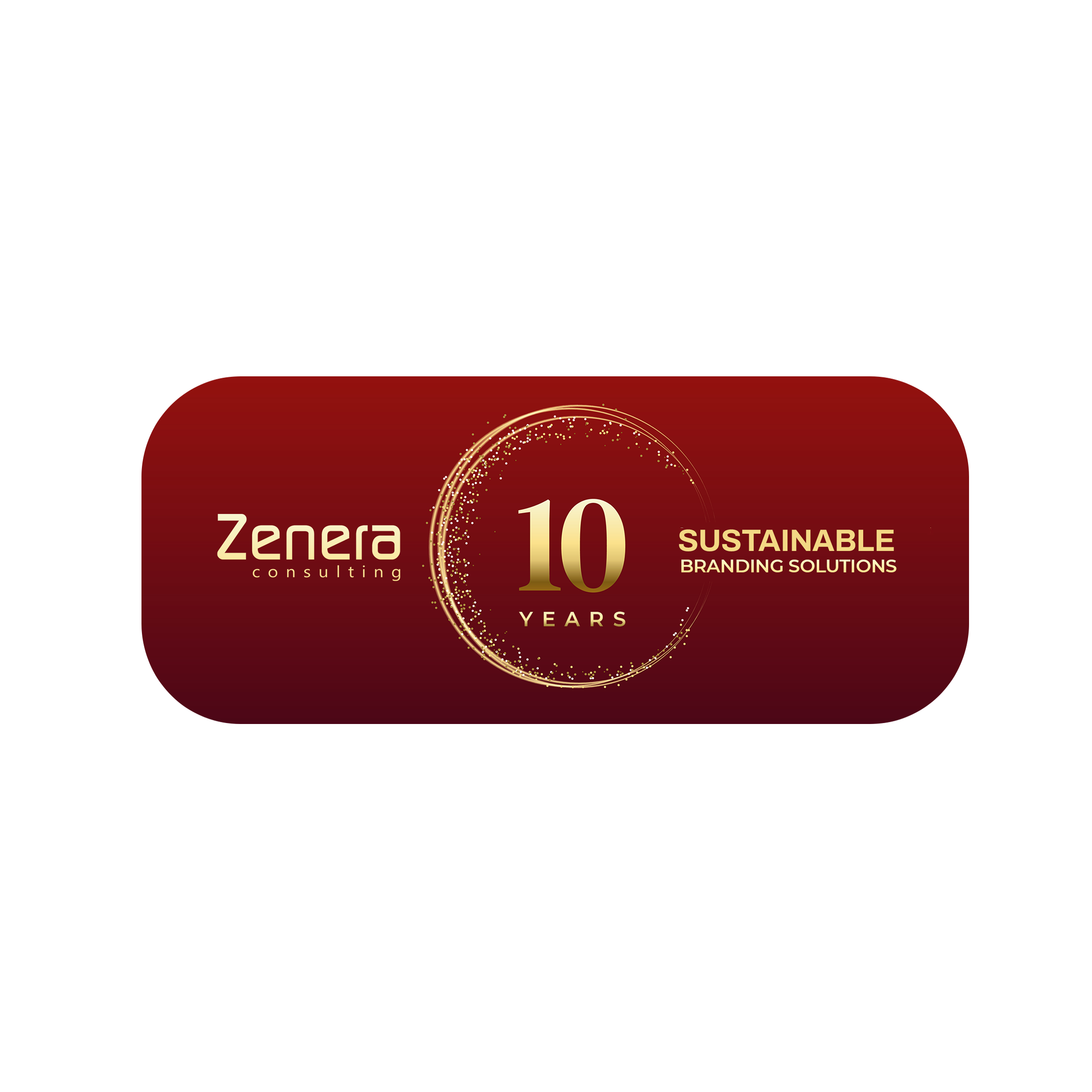
True and false information spreads like wildfire in the vast and interconnected social media landscape and even the most venerable brands can be leveled in a flash. Brand Resilience has the tools a risk-intelligent enterprise can use to understand and survive in the new media landscape.
It seems that nearly every business day brings news of an oversight or misstep that shines a bright light on the need for a new way of looking at reputational risk. When tragedy and misfortune strike, some of the largest and otherwise well-equipped organizations have realized that they overlooked reputation as a performance indicator and therefore a serious risk condition.
Yet decision-makers are not always focused on branding issues or threats. Polling conducted among more than 1,100 executives during a Deloitte webcast, Brand Resilience: Protecting Your Brand Assets from Saboteurs in a High-Speed World, revealed that only 24% of companies represented by participants formally measure and report on brand value. Furthermore, fewer than 22% of the webcast participants thought it either likely or highly likely that negative information about their brands would show up on social media in the coming year.
Managing risk to reputation is about fundamental perceptions of the company’s contributions, value and strategic direction. For many companies, the first step involves reevaluating their current risk management program. “Traditional enterprise risk management approaches have focused boards and C-suite executives on avoiding risks and protecting assets,” says Henry Ristuccia, partner, Deloitte & Touche LLP, and global leader, Governance, Risk and Compliance Services, Deloitte Touche Tohmatsu Limited. “These are important objectives, of course, and necessary for preserving the enterprise. But the traditional approaches often focus too much on risks within the organization and not enough on the ‘outside-in’ view. In other words, they don’t consider risks that can be seen and foreseen by observers from outside the company—an organization’s stakeholders.”
Time and again, catastrophic risk arrives unexpectedly. “This is generally because only the inside-out perspective has been considered,” notes Donna Epps, a partner and U.S. co-leader of Governance and Risk Management at Deloitte Financial Advisory Services LLP. “What is new today is the need for a 360-degree view of risk that effectively marries an outside-in risk perspective with inside-out risk intelligence.”
The true value of a “Risk to Reputation” program is to integrate an outside-in perspective into the enterprise risk program, providing a holistic overview of major and potential risks.
Step 1: Embark on a Discovery
Core to the discovery phase is a detailed examination of the firm’s current view of its strategies, risks and vulnerabilities. This helps ensure that, when the Risk to Reputation program is launched, the “known knowns” and the “known unknowns” are fully explored through a series of in-depth interviews conducted with C-suite executives.
Step 2: Establish the Baseline
In the second phase critical stakeholders are engaged to help assess the first outside-in perspective. Typically, this might cover regulators, financial and sector analysts, and local communities based around partners, customers, staff, suppliers, legislators, NGOs and other agencies.
A variety of techniques are employed to gather intelligence from the different audiences involved. It is important to gauge from the various perspectives the perceived impact of the firm’s reputation drivers on major enterprise strategies.
Step 3: Proactively Manage Risk to Reputation
By this time, techniques of outreach and research are established and the lessons from the discovery and baseline phases are put into action. There are three areas of focus at work:
“The payoff for effective management of a Risk to Reputation program is greater confidence in strategic execution,” notes Mr. Ristuccia. “By understanding and integrating external risks and opportunities into the organization’s Risk Intelligence, the goal is to end up with a program that puts the board and senior executives on the leading edge of knowing what might inhibit—or advance—the company strategy and then be prepared to act accordingly.”

Leave a Reply